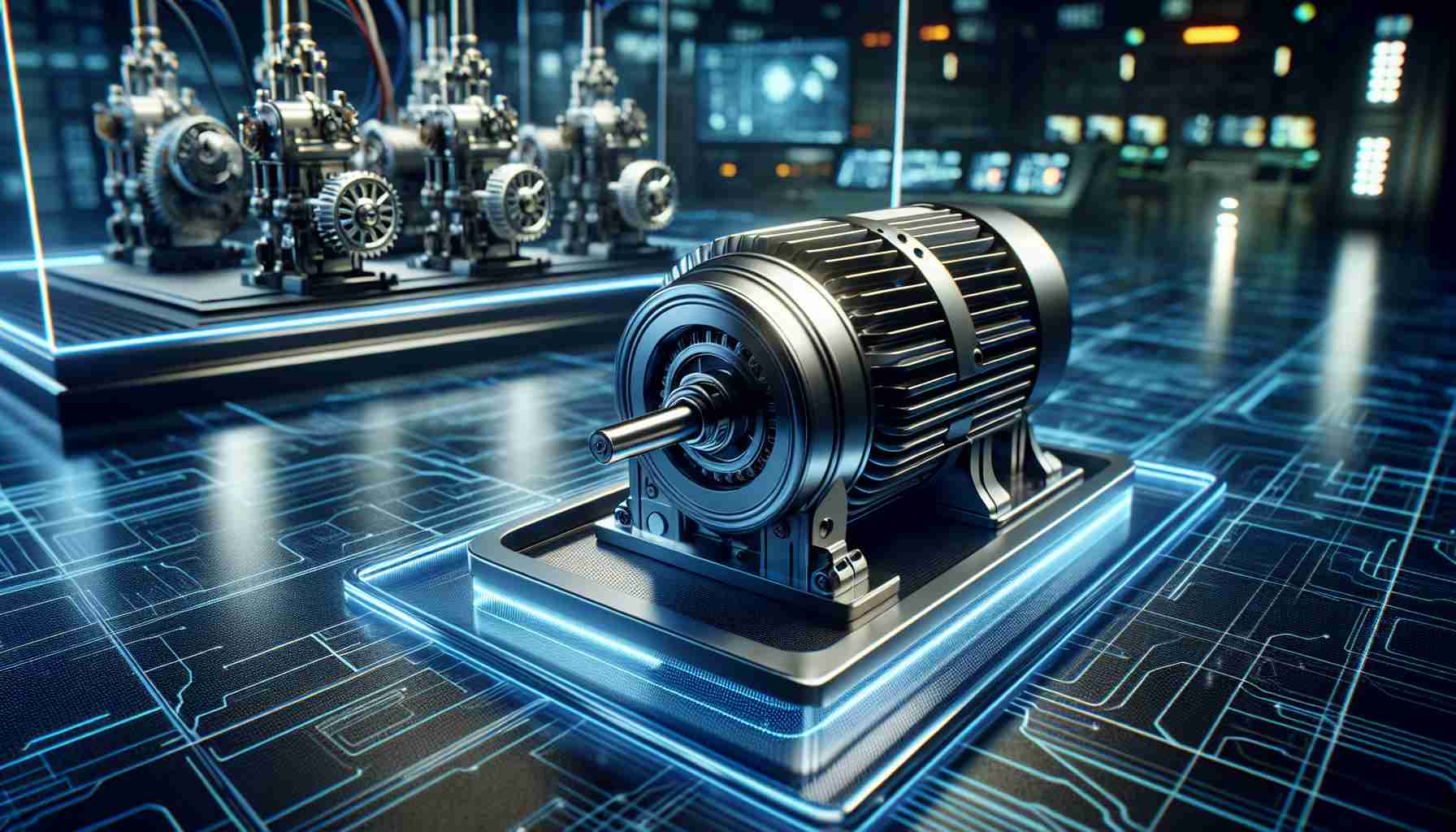Innovative efforts are underway to modernize a historical invention, the electrostatic motor, originally conceptualized by Benjamin Franklin. A group of dedicated scientists and engineers, utilizing advanced materials and cutting-edge techniques, is on the brink of commercializing these motors, which promise remarkable efficiency improvements.
Unlike traditional electric motors, which depend on a continuous flow of current, these electrostatic motors operate by leveraging alternating charges. This mechanism could greatly enhance their performance, making them significantly more efficient—potentially up to 80% better than current alternatives. Such efficiency is made possible by their unique design, which eliminates the need for rare-earth elements and minimizes copper usage, addressing important concerns about material scarcity and environmental impact.
These futuristic motors hold the potential to transform various industries. Applications in air conditioning, factory automation, logistics, and even renewable energy generation are on the horizon. The technology also offers novel control options for robotics, potentially mimicking human muscle movement.
C-Motive Technologies, a dynamic startup in Wisconsin, is at the forefront of this revival. With a small team, they are actively engaging with major industry players to bring their innovative motors to market. Their groundbreaking work combines advanced power electronics and innovative material mixes to create electrostatic motors that can compete directly with established technologies, paving the way for a new chapter in energy-efficient solutions.
Reviving Franklin’s Legacy: A New Era for Electric Motors
The field of electric motors is experiencing a renaissance as scientists and engineers work to adapt and improve upon Benjamin Franklin’s original concepts. The modern iteration of the electrostatic motor represents a significant leap forward in energy efficiency and environmental sustainability.
What distinguishes today’s electrostatic motors from traditional models? While traditional electric motors rely heavily on direct current and the principles of electromagnetism, the new generation of electrostatic motors uses alternating charge dynamics, which reduces energy loss. This fundamental difference is key to achieving higher efficiencies and lower overall power consumption.
Key Challenges and Controversies
One of the main challenges in the commercialization of electrostatic motors involves technical scalability. While laboratory prototypes demonstrate significant promise, scaling these designs for mass production remains complex. Additionally, the market is dominated by established electric motor manufacturers, who may resist adopting a completely new technology that could disrupt existing supply chains.
Another controversy stems from the manufacturing processes associated with electrostatic motors. While they minimize the use of environmentally harmful materials, critics question the footprint of the manufacturing technologies used to produce these advanced materials. Addressing these concerns will be essential to secure broader acceptance in the market.
Advantages of Electrostatic Motors
– Enhanced Efficiency: With the potential for up to 80% improvement in efficiency, these motors could drastically reduce energy consumption across multiple sectors.
– Reduced Material Dependency: Lower reliance on rare-earth elements and copper makes these motors more sustainable and less susceptible to fluctuations in material supply.
– Versatility: The adaptability of electrostatic motors makes them applicable to diverse fields such as consumer electronics, automotive design, and industrial automation.
Disadvantages of Electrostatic Motors
– Market Acceptance: Resistance from traditional industries that are heavily invested in current technologies may slow down adoption rates.
– Development Costs: The research and development phase for bringing these motors to market could require significant investment, which poses a risk for startups and their backers.
– Technical Limitations: While promising, the initial prototypes may not yet have reached the performance standards required for high-demand applications, necessitating further development work.
What does the future hold for electrostatic motors? As innovations continue to unfold, and as startups like C-Motive Technologies make strides in the sector, the potential for revolutionizing energy systems grows. Government incentives for greener technologies and rising energy costs may also catalyze the market adoption of these efficient motors.
In conclusion, reviving Franklin’s legacy through modern advancements in electric motors opens up a myriad of opportunities and challenges. As we move toward a future characterized by increasing energy demands and environmental concerns, the progress made in electrostatic motor technology could play a critical role.
For more information on renewable energy technologies and motor innovations, visit Energy.gov.









